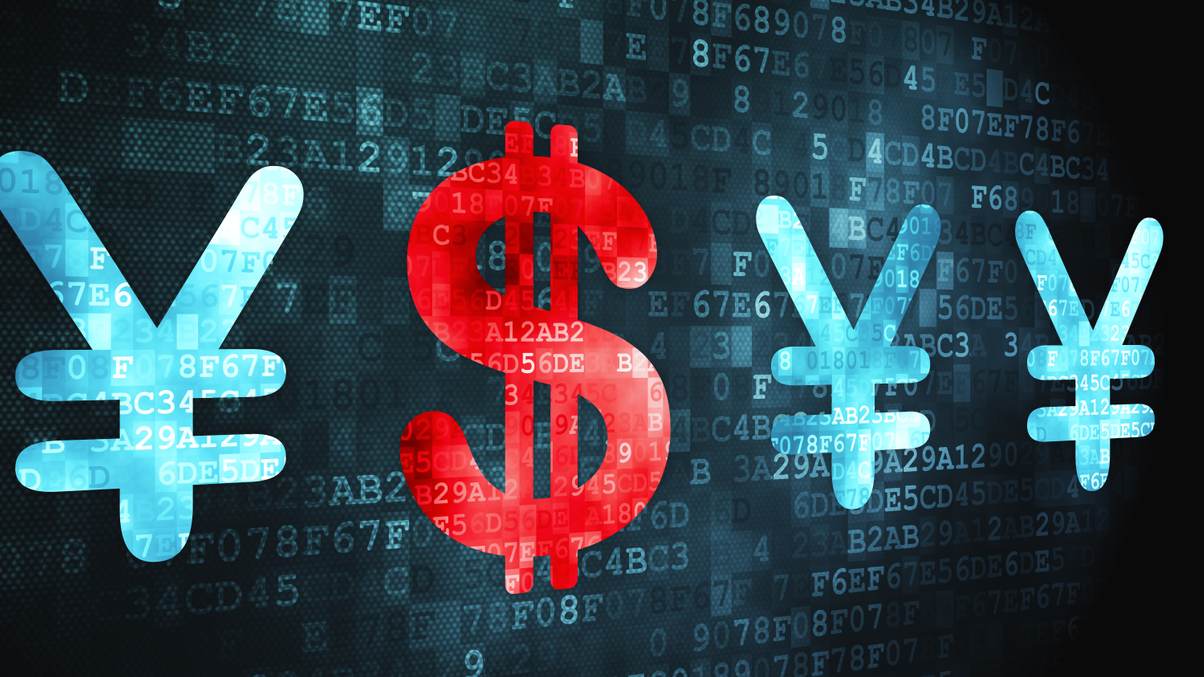AI300: Weaker yen hits Japanese asset owner rankings
Japan was the only country to see an AUM drop, courtesy of a falling currency. Its investors are focused on raising alternatives to compensate for weak fixed income returns.

A depreciating yen, low fixed income returns available onshore and an aging population have taken a toll on the country's asset owners in AsianInvestor’s latest AI300 survey, most particularly its insurers.
Sign in to read on!
Registered users get 2 free articles in 30 days.
Subscribers have full unlimited access to AsianInvestor
Not signed up? New users get 2 free articles per month, plus a 7-day unlimited free trial.
¬ Haymarket Media Limited. All rights reserved.


